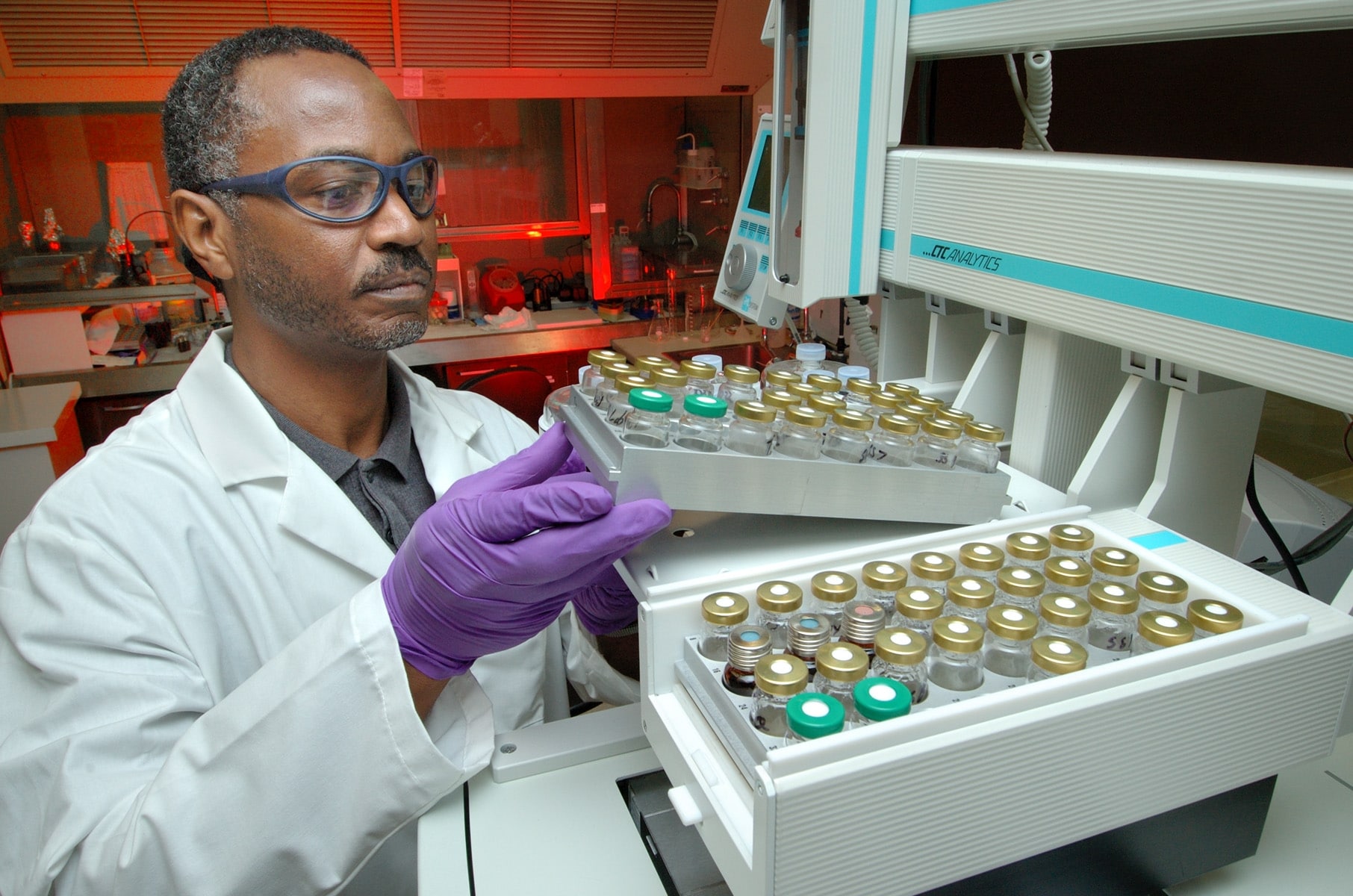At a glance
- CDC's Division of Laboratory Sciences made the blood, serum, and urine exposure measurements in the National Exposure Report.
- Isotope dilution mass spectrometry, inductively coupled plasma mass spectrometry, and graphite furnace atomic absorption spectrometry were used.
- Laboratory measurements underwent extensive quality control and quality assurance review.

Overview
CDC's Division of Laboratory Sciences made the blood, serum, and urine exposure measurements in the Report. The following analytical techniques were used for measuring the environmental chemicals or their metabolites in blood, serum, and urine:
- Isotope dilution mass spectrometry
- Inductively coupled plasma mass spectrometry
- Graphite furnace atomic absorption spectrometry
Laboratory measurements underwent extensive quality control and quality assurance review:
- Tolerance limits for operational parameters were maintained.
- Quality control samples were measured in each analytical run to detect unacceptable performance in accuracy or precision.
- Traceable calibration materials were verified.
References for the analytical methods used to measure the different chemicals are available at References for Biomonitoring Analytical Methods.
